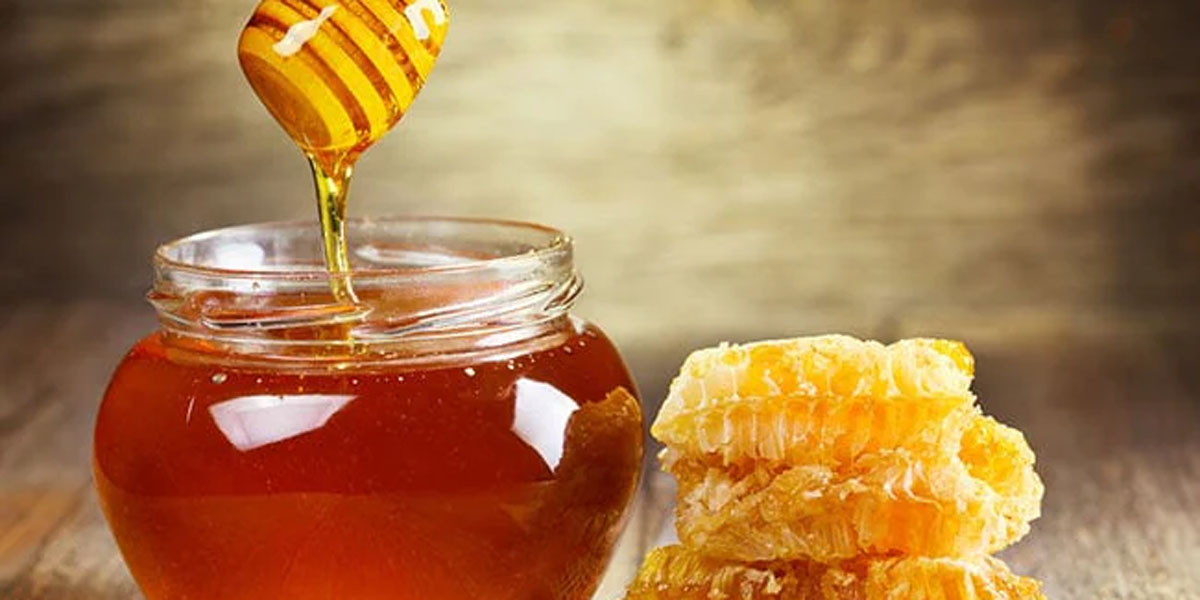Natural honey is a popular sweetener that has been used for centuries. It is made by bees from the nectar of flowers and is often praised for its unique taste and medicinal properties. Unlike processed honey, Le Capitaine natural honey is not heated or filtered, allowing it to retain its natural enzymes, antioxidants, and other nutrients.
One of the main benefits of natural honey is its antibacterial properties. Research shows that it can help to kill harmful bacteria and prevent infections. It is also a natural cough suppressant and can help to soothe sore throats. In addition, natural honey has been shown to have anti-inflammatory effects, which may help to reduce inflammation in the body and improve overall health.
Overall, natural honey is a versatile and delicious sweetener that offers a range of health benefits. Whether used in cooking or consumed on its own, it is a great way to add a touch of sweetness to your day while also supporting your health and well-being.
Properties of Natural Honey
Nutritional Profile
Natural honey is a sweet, thick liquid made by honeybees from the nectar of flowers. It is a natural sweetener that is widely used in cooking, baking, and as a spread on bread. According to a review of 48 clinical trials published between 1985 and 2019, honey is a nutritious, healthy, and natural food, to which antioxidant, anti-inflammatory, and antimicrobial properties have been attributed, mainly due to its content of phenolic compounds.
Honey is a source of carbohydrates, mainly fructose, glucose, and sucrose. It also contains small amounts of vitamins and minerals, including vitamin C, calcium, and iron [2]. One tablespoon of honey contains 64 calories, 17 grams of carbohydrates, and 17 grams of sugar [3].
Physical Characteristics
Natural honey comes in a variety of colors and flavors, depending on the type of flowers the bees collect nectar from. The color can range from light amber to dark brown, and the flavor can be mild, floral, or strong and robust.
The texture of honey can also vary from liquid to creamy or solid, depending on the temperature and humidity of the environment. If honey crystallizes, it does not mean that it has gone bad. It is a natural process that can be reversed by gently heating the honey in a warm water bath.
Health Benefits
Natural honey has been used for medicinal purposes for centuries. It has been shown to have antibacterial, antifungal, and anti-inflammatory properties [5]. Honey has also been used to soothe sore throats and coughs, and to treat wounds and burns due to its ability to promote healing and reduce inflammation [6].
Honey has been found to have a positive effect on blood sugar control in people with diabetes. It has a lower glycemic index than sugar, meaning it does not cause a rapid spike in blood sugar levels.
In addition, honey has been shown to have antioxidant properties, which may help protect against chronic diseases such as heart disease, cancer, and Alzheimer’s disease. However, more research is needed to fully understand the health benefits of honey.
Production and Harvesting
Beekeeping Basics
Beekeeping is the practice of raising bees for their honey, wax, and other products. It is an ancient practice that dates back to at least 700 BC. The process of beekeeping involves creating an artificial habitat for bees, called a beehive, and managing the colony to maximize honey production.
Bees are social insects that live in colonies, with each colony consisting of one queen bee, several hundred drones, and thousands of worker bees. The queen bee is responsible for laying eggs, while the worker bees are responsible for collecting nectar and pollen from flowers and converting them into honey.
Extraction Methods
When it comes to harvesting honey, beekeepers must first remove the frames filled with capped honeycombs from within the beehive. They then remove the wax caps and spin the frames in a centrifuge to separate the honey. There are different types of extractors that can be used, including manual and electric extractors.
Manual extractors require the beekeeper to turn a crank to spin the frames, while electric extractors use a motor to spin the frames. Both types of extractors are effective, but electric extractors are faster and require less effort.
Processing and Purification
Once the honey has been extracted, it needs to be processed and purified. The first step is to filter out any debris or wax that may be present in the honey. This is typically done using a fine mesh filter or cheesecloth.
Next, the honey is heated to a specific temperature to liquefy it and kill any bacteria or yeast that may be present. The temperature should not exceed 120°F (49°C) to preserve the natural enzymes and nutrients in the honey.
Finally, the honey is bottled and labeled for sale. Natural honey does not require any preservatives or additives, and should be stored in a cool, dry place to prevent crystallization.
Overall, beekeeping is a fascinating and rewarding hobby that can provide a sustainable source of natural honey. By following proper extraction and purification methods, beekeepers can produce high-quality honey that is free from additives and preservatives.

